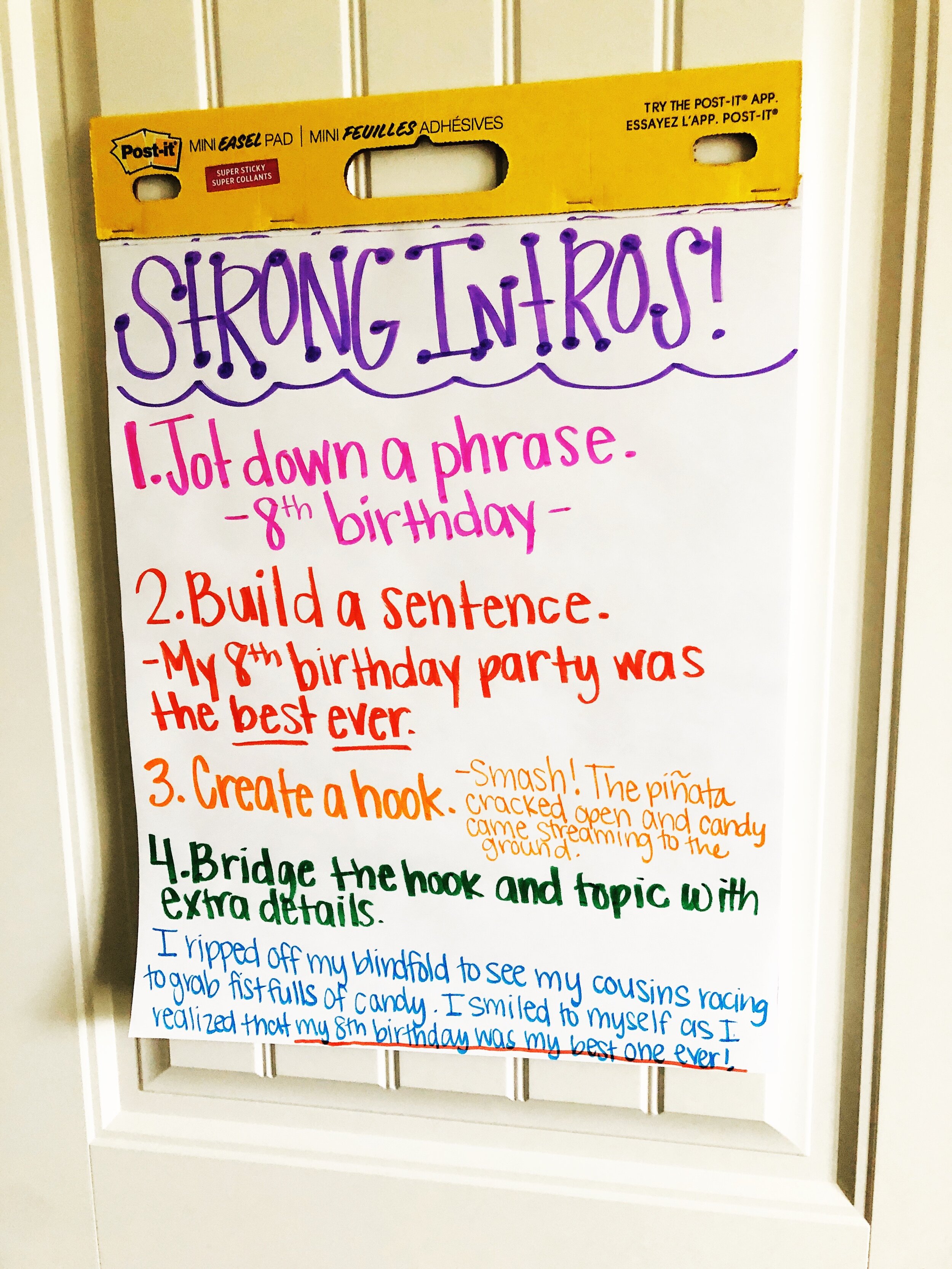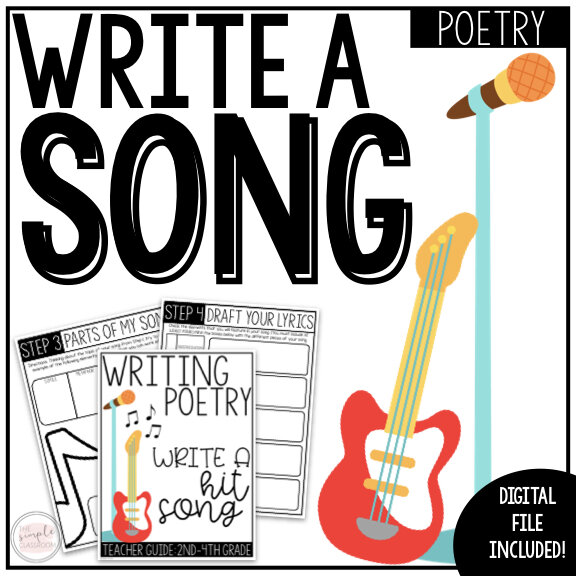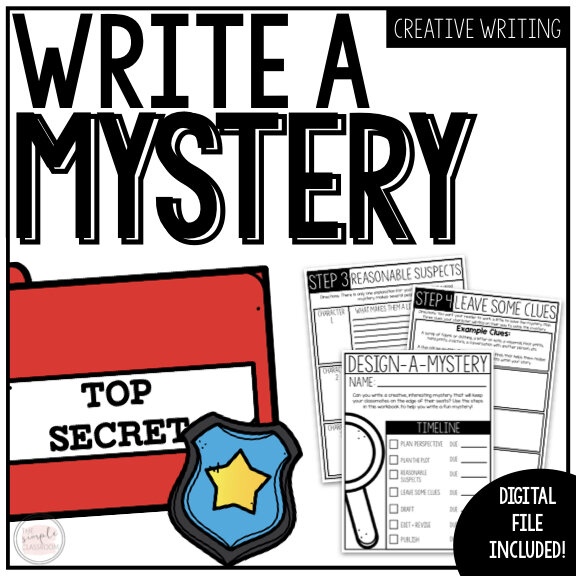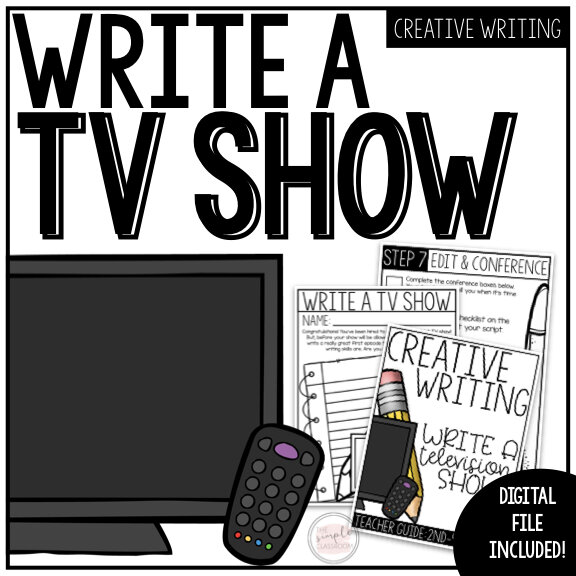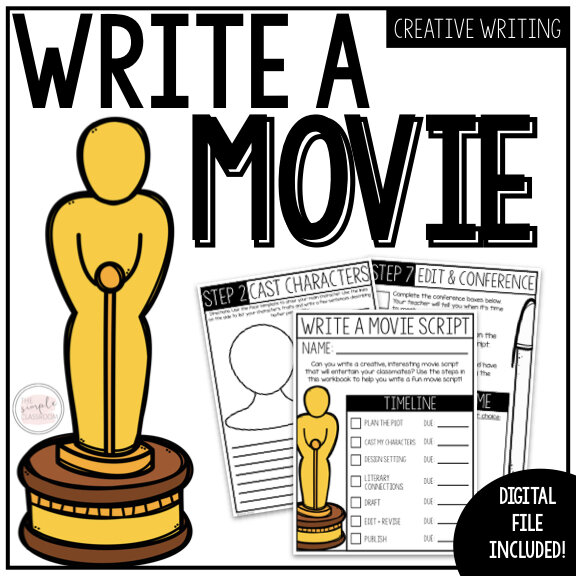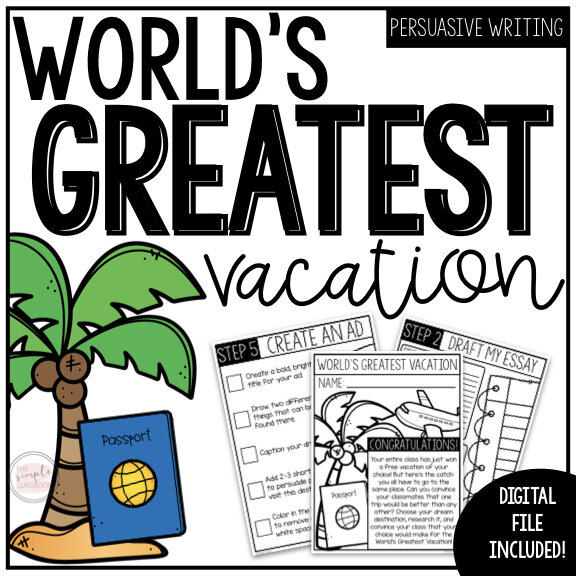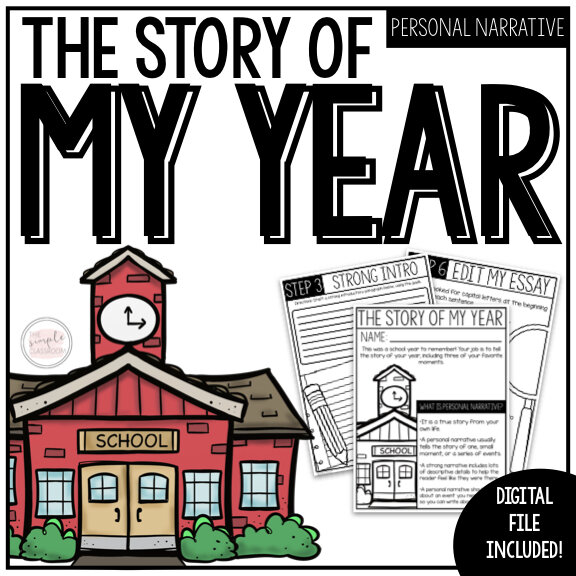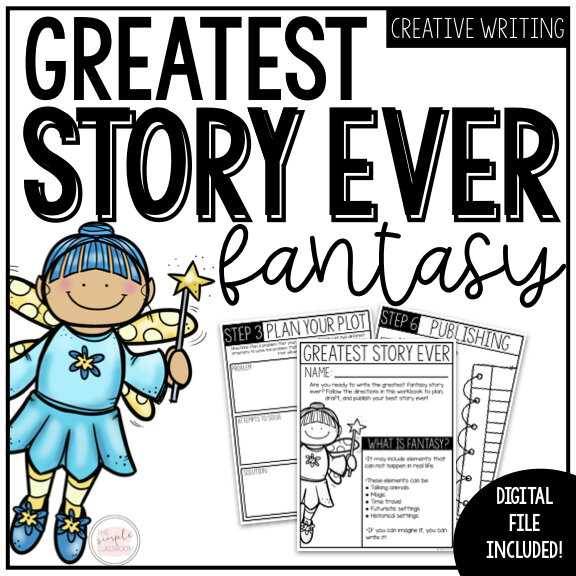Writing a Strong Introduction | Writing Mini-Lessons
I used to find it the most difficult to teach kids how to expand on their writing. I could help them organize and structure the order that things should go in, but it was difficult for me to pull additional details out of them…without just telling them what would sound better.
So, because this is the simple classroom, I created steps to follow to simplify the process for me as a teacher, and for my students as writers! Today, I wanted to share the steps I follow to teach a strong, thorough introductory paragraph!
Forming a topic sentence:
First, ask students to think about what they want this piece of writing to be about. Refer this back to author’s purpose: why are they writing this?
Have the students jot down a phrase that summarizes why they are writing this piece. As they get older, they will be asked to write their “thesis statement”…this is the first baby step in that direction.
Model taking that one phrase and building a sentence out of it. The phrase is “8th birthday” (the essay is a personal narrative about the best birthday party you’ve ever had). Turn the phrase into the sentence, “My 8th birthday party was the best party I’ve ever had.”
Technically, in some 2nd-3rd grade writing standards, you could have the kids stop here. One, strong, defined topic sentence can be enough. But, if you want to push kids to layer interest and hook their readers, these are the steps I follow next. (NOTE: an easy way to differentiate this is to teach the topic sentence part whole group, and pull the kids who can expand into introductory paragraphs in small groups to not overwhelm other developing writers.)
Building on the topic sentence to create a paragraph:
Once students have a strong topic sentence, they can brainstorm a hook sentence to open their paragraphs with. I like to narrow the options for students who are early in learning how to develop opening paragraphs. For personal narratives, I might narrow it down to: a question that’s related to their topic, or a funny/interesting quote or sound effect from their story that they can open up with.
I like to have a graphic organizer that has students fill in the hook sentence at the beginning of their introductory paragraphs, their thesis (topic) sentences at the end, and space for bridge sentences in the middle. You can easily DIY one, but a free one is linked below!
The bridge sentences can include additional background information, or other details that will help connect the hook to the thesis. Here’s an example:
Smash! The piñata cracked open and candy streamed down onto my head. I ripped off the blindfold to see my cousins running up to grab handfuls of chocolate and small toys. I smiled at my mom as I ran to join them. This was when I knew that my 8th birthday party was the best party I had ever had.
From there, students can segue into the story from the beginning, taking their readers back to the beginning of their day, and tell the story all the way up to the piñata scene again. But, this introduction includes an interesting opening that hooks the readers’ attention, and clearly states what this narrative will be about. The sentences in the middle complete the scene and bridge the hook sentence to the thesis, so it all makes sense.
Create a bulletin board with these steps…
…or an anchor chart!
And there you have it! A simple, easy routine for teaching students to strengthen their introductions! Click below to get the FREE graphic organizer for introductory paragraphs and anchor chart pieces. And, scan through some of my favorite writing activities and projects in my store right now to get your kids started on their next project, and use this lesson!
Do you want to guide your students through a variety of writing projects that will strengthen and deepen their writing skills this school year? Check out The Simple Classroom Writing Projects! These are the ideal way to enrich your students’ writing skills, and have the highest writing scores ever.


